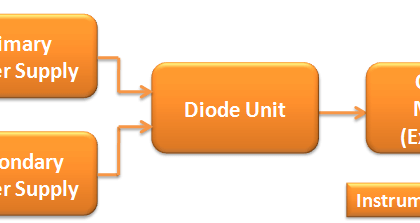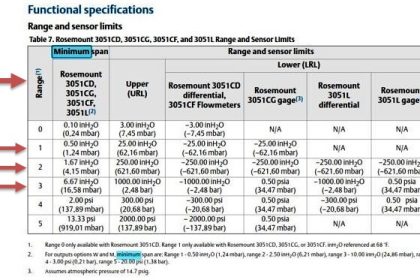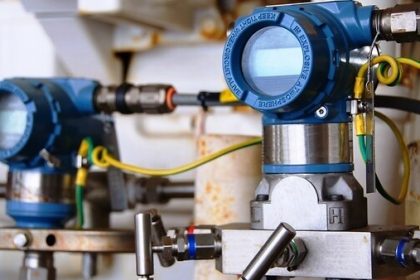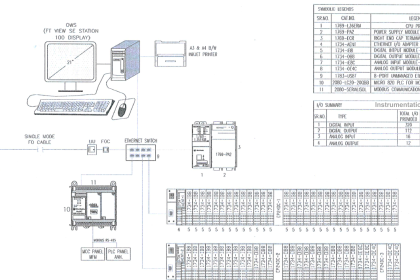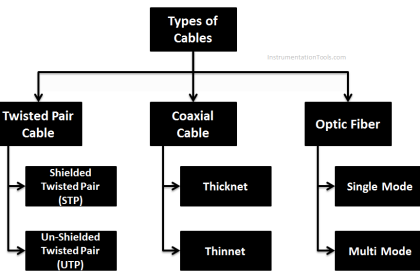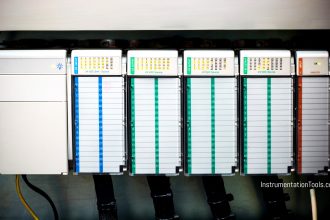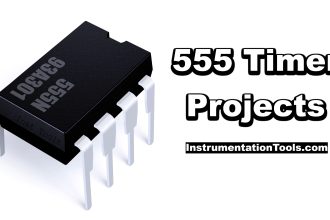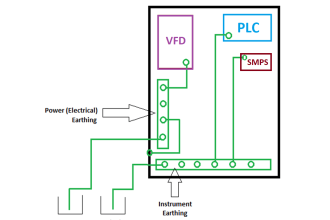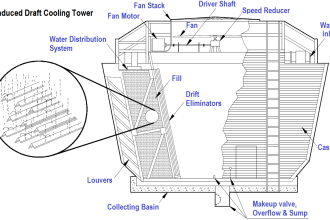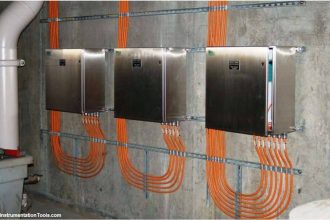Using shielded cable and/or twisted pair wire is a fairly simple and effective method of reducing measurement noise in low-level signals.
Internal wires are shielded from external electric fields in a shielded cable when the shield is tied to a low-impedance potential, such as ground. When shielding low-frequency (≤1 MHz) analog signals, it is usually best to tie the cable shield to ground at only one end of the cable. This prevents shield currents which occur due to ground differences between the ends of the cable, inducing noise on internal wires.
Higher level signals such as digital control and power connections are typically immune to noise induced by shield currents. As a result, its usually best to connect the shields to ground at both ends of the cables containing only digital control and/or power signals.
Shielded cable is relatively inexpensive and is recommended in all applications. Connect shields to ground at both ends of the cable if the cable does not contain any analog signals; connect the shield to only one end if the cable contains analog signals
Twisted pairs offer immunity to both electric and magnetic fields. Consider a differential sensor connected to a differential input with a twisted pair wire. As previously mentioned, external electrical fields exert similar influence into the close proximity wires of a twisted pair, resulting in common-mode noise if both wires have the same impedance.
External magnetic fields induce voltages in loops proportional to the area of the loop. Twisting the conductor pair between the source and load minimizes this loop area, but also helps cancel noise because induced voltages are of equal magnitude and opposite polarity in adjacent twists.
Consequently, twisted pair provides better immunity to magnetic fields than two closely spaced parallel conductors.
Twisted pair wires also reduce the emission of magnetic fields. Consider a large dc current flowing on a twisted pair between a source and load. The current flow in the two close proximity wires is equal and opposite, with the resulting magnetic fields effectively cancelling each other within a few inches of the pair.
The close proximity of twisted pair wires results in common mode noise from external electric fields and cancellation of voltages induced from magnetic fields. Differential measurements effectively reject common-mode noise. A twisted pair between a source and a load also reduces magnetic field emissions.
